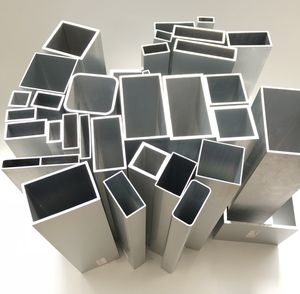Giới thiệu về thanh nhôm 4mm
Alibaba.com cung cấp các sản phẩm 1096 thanh nhôm 4mm. Có rất nhiều thanh nhôm 4mm lựa chọn dành cho bạn, chẳng hạn như cắt, uốn, và đấm. Bạn cũng có thể chọn từ 6061, 6063, và 7075 thanh nhôm 4mm. Cũng như từ hoàn thiện nhà máy, đánh bóng, và anodized thanh nhôm 4mm.Và bất kể thanh nhôm 4mm là nhôm, hợp kim nhôm.










